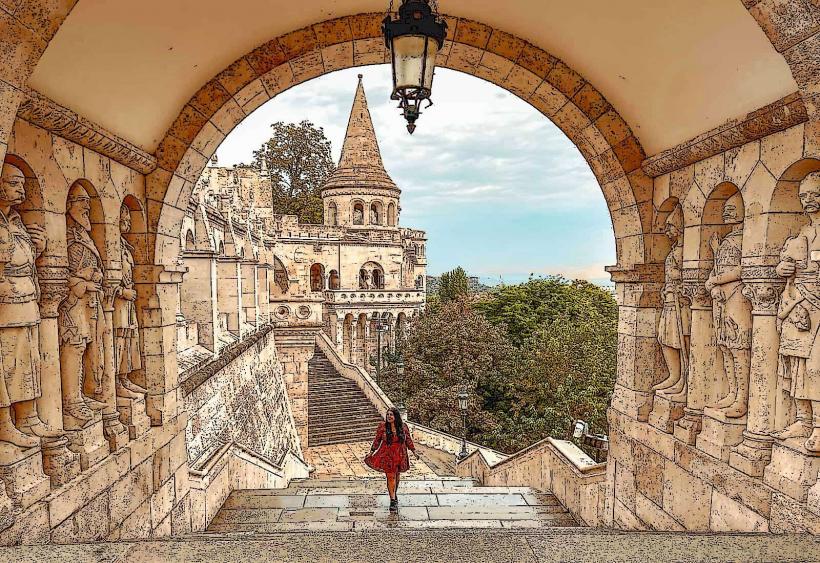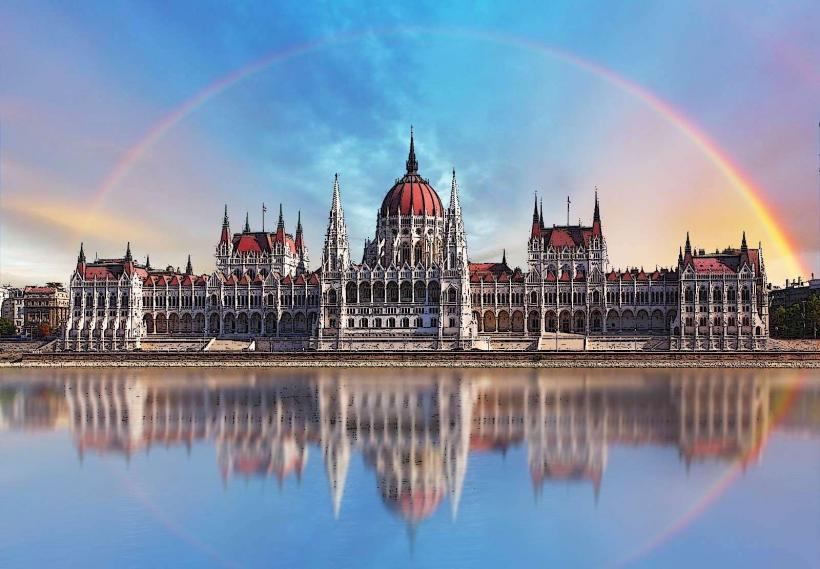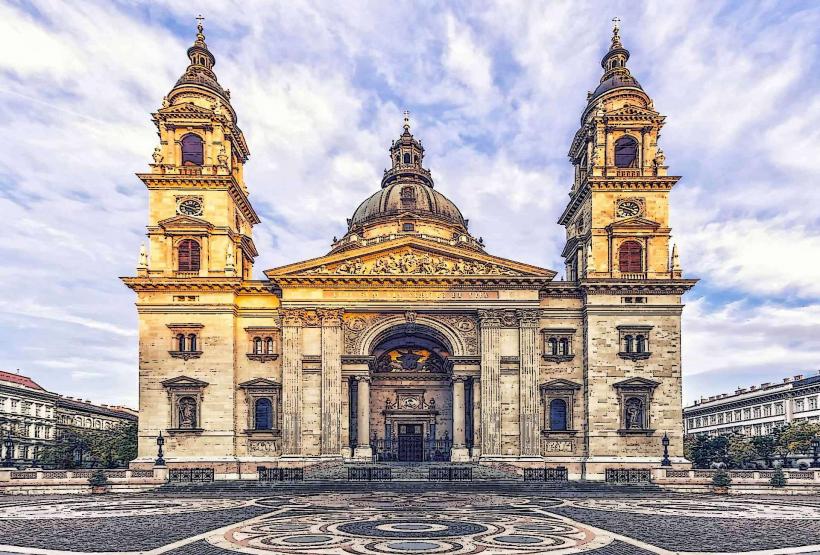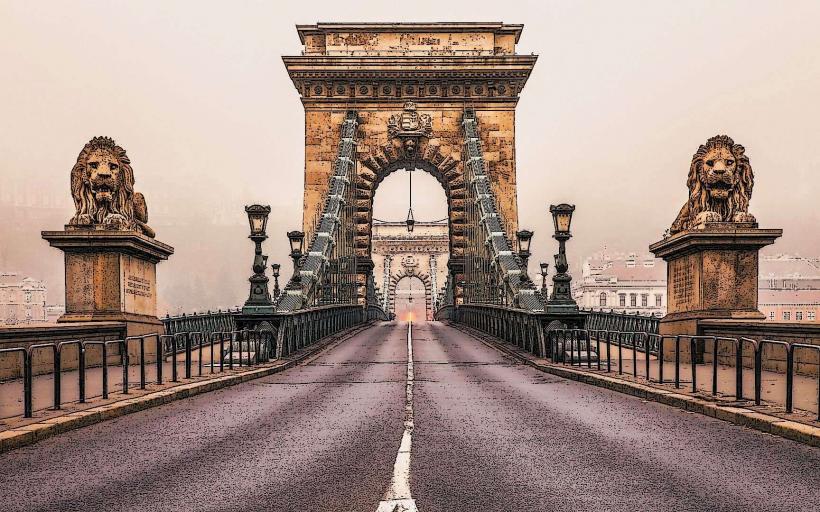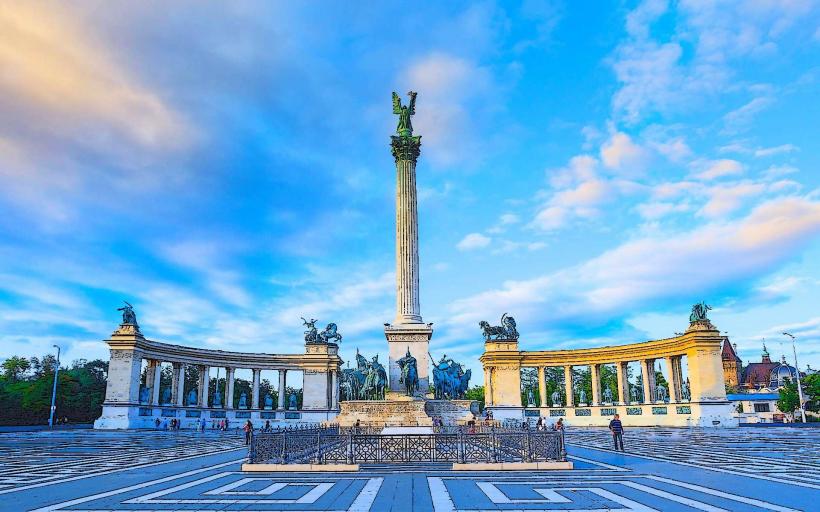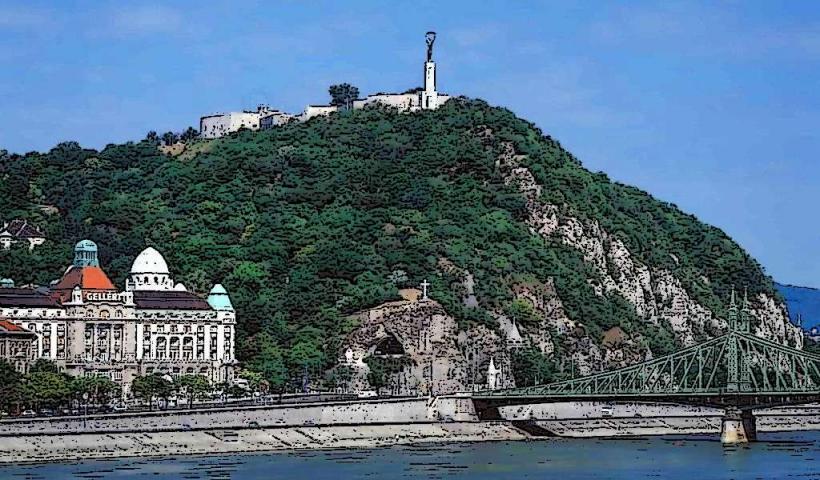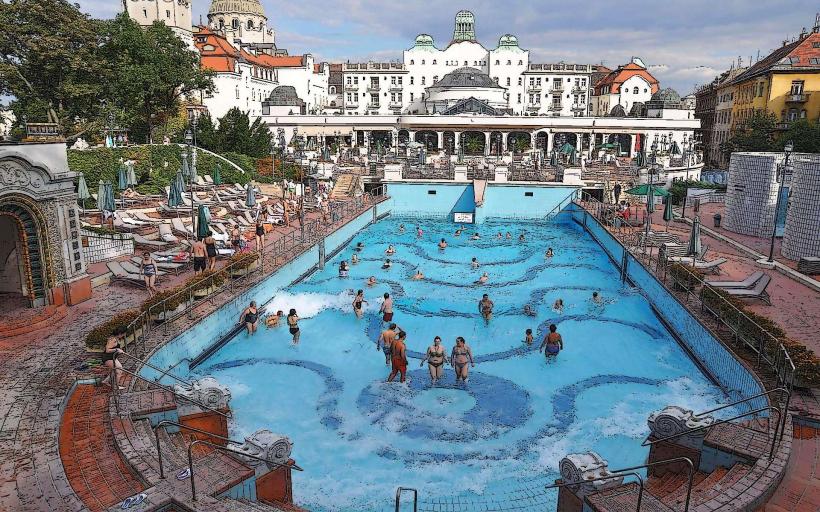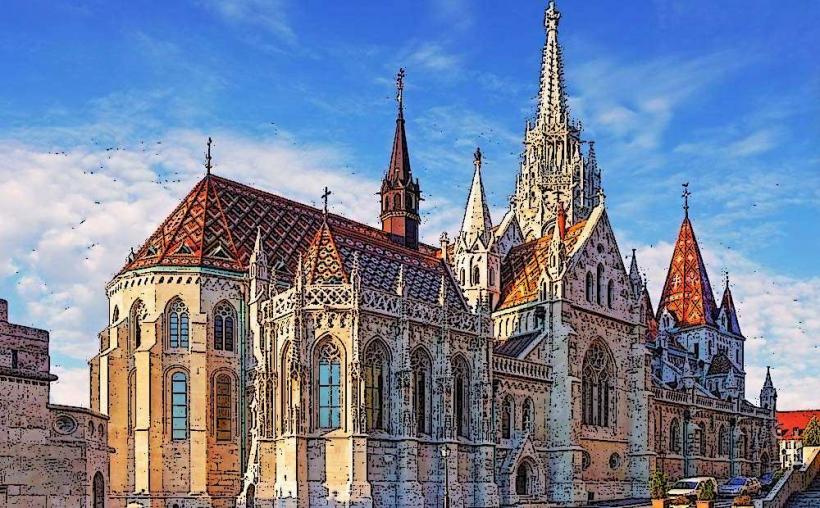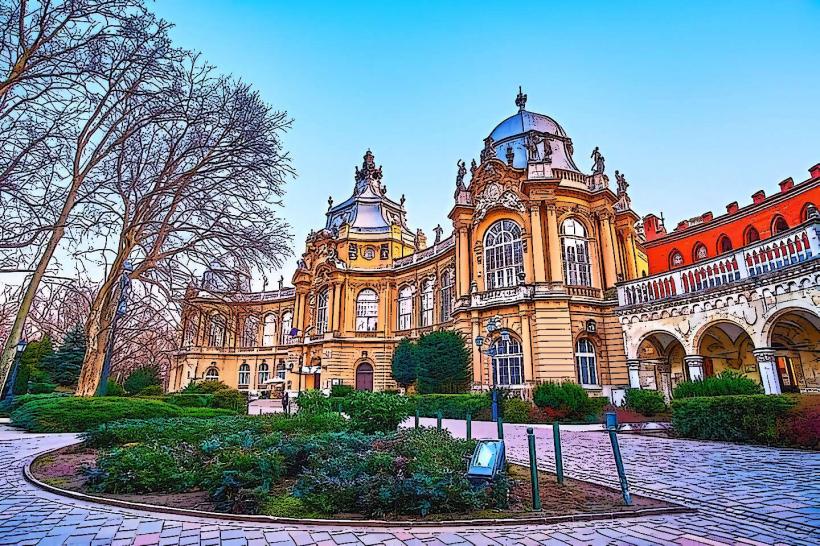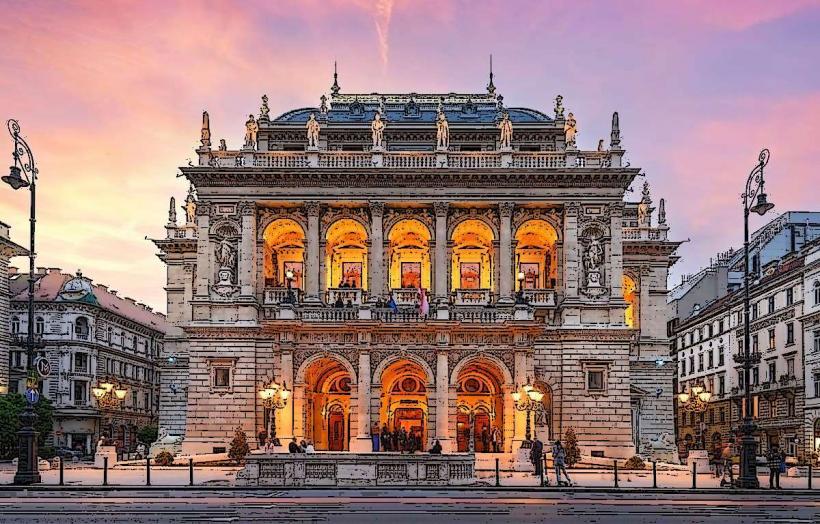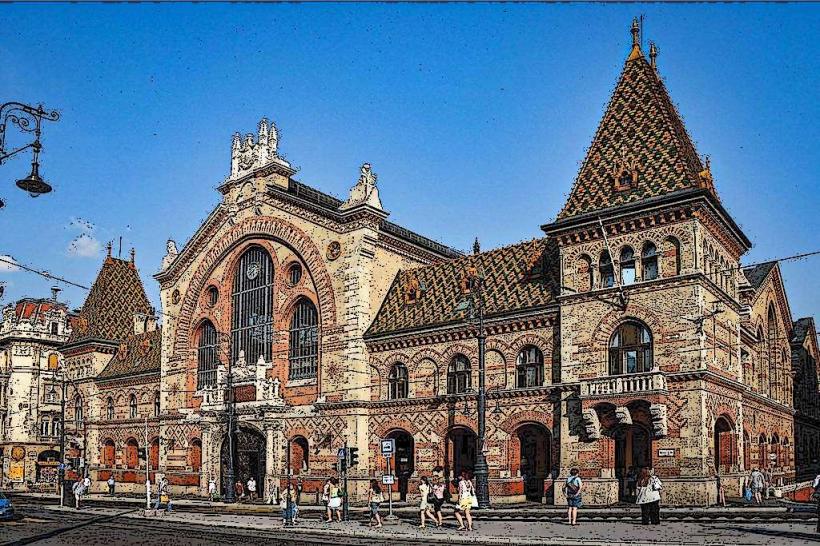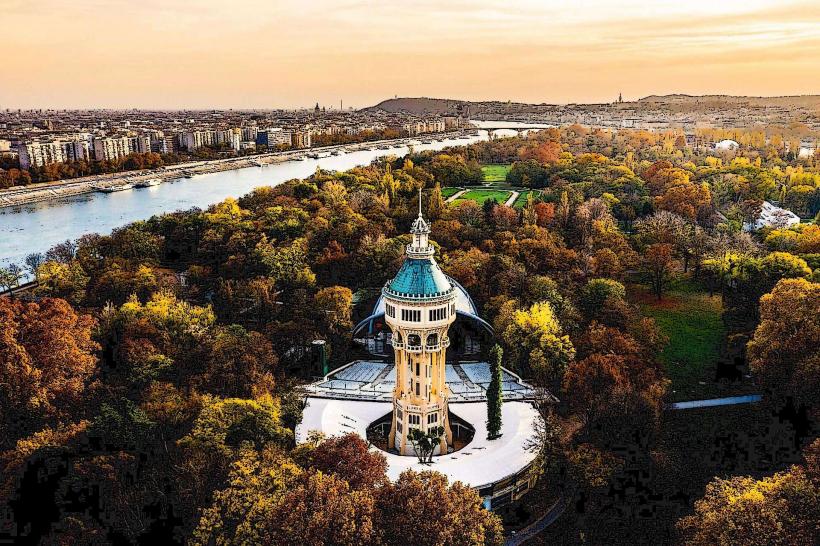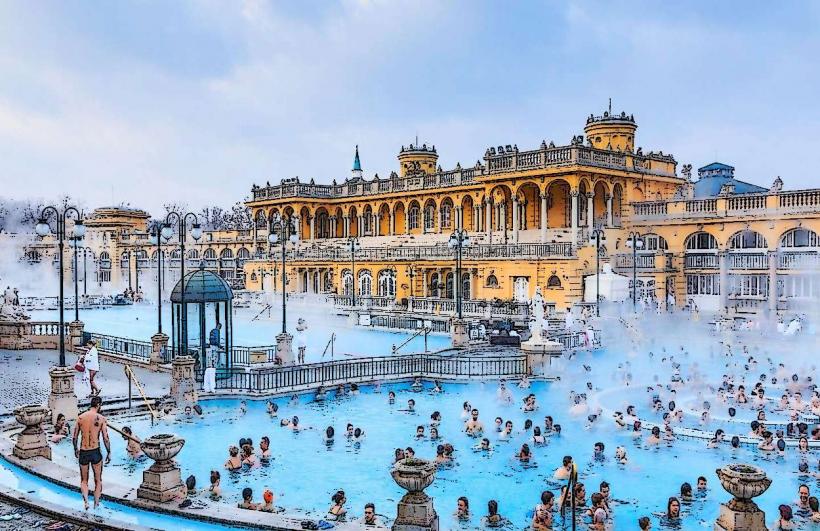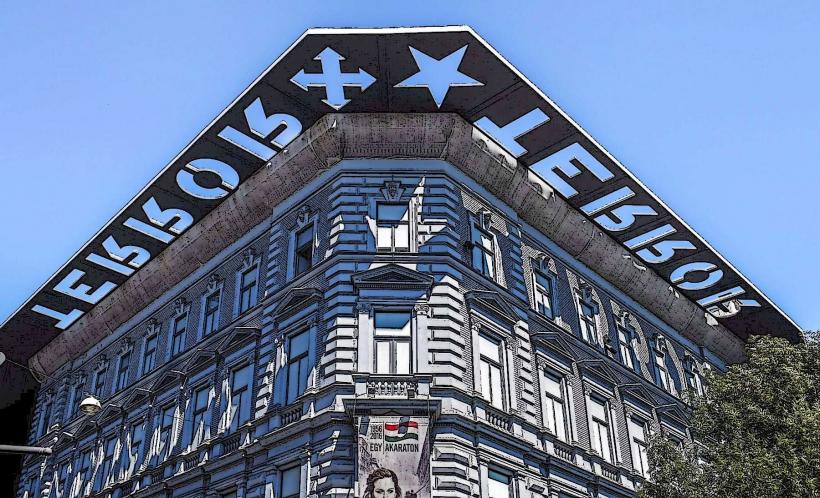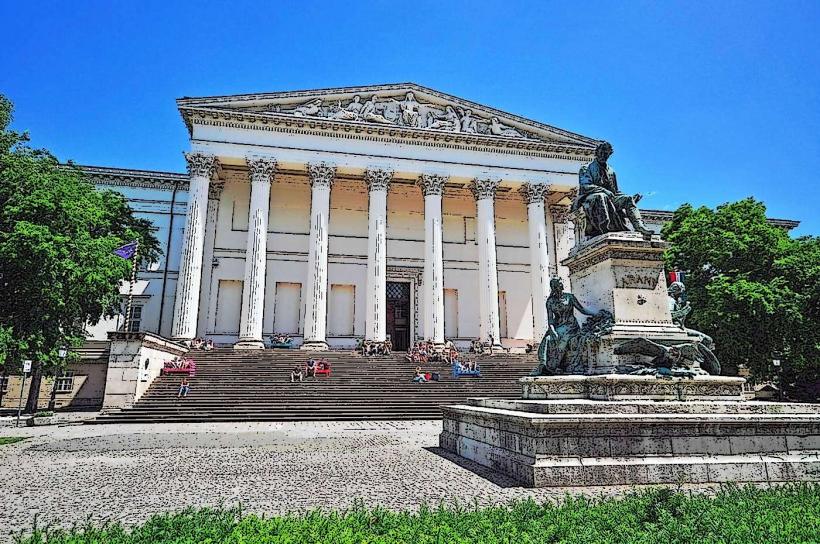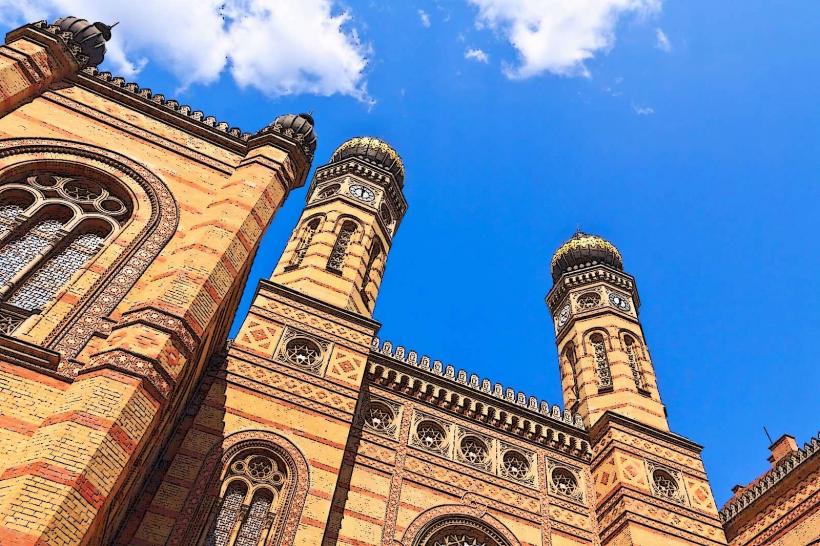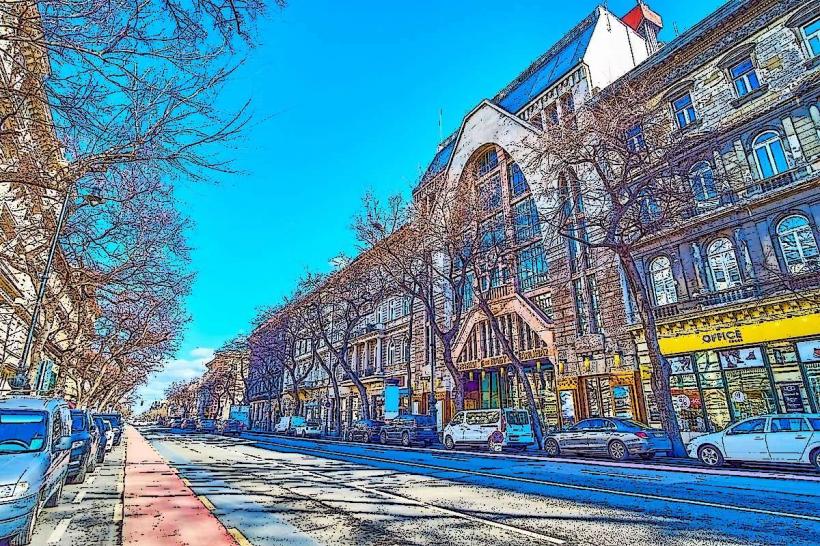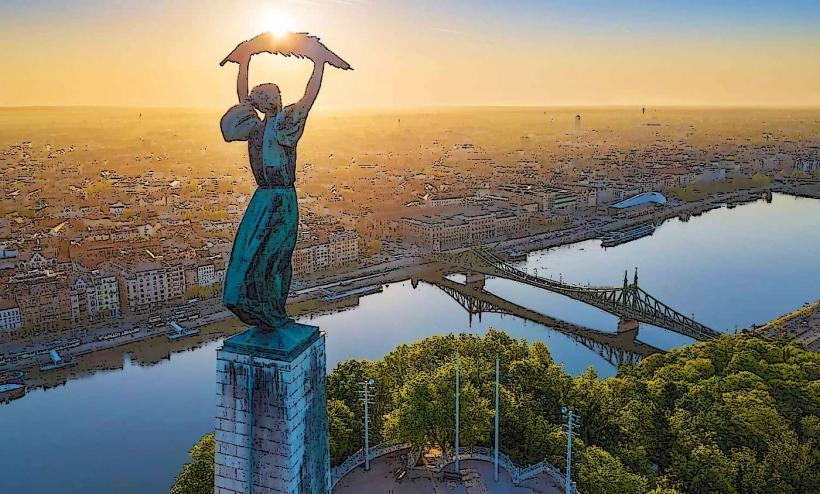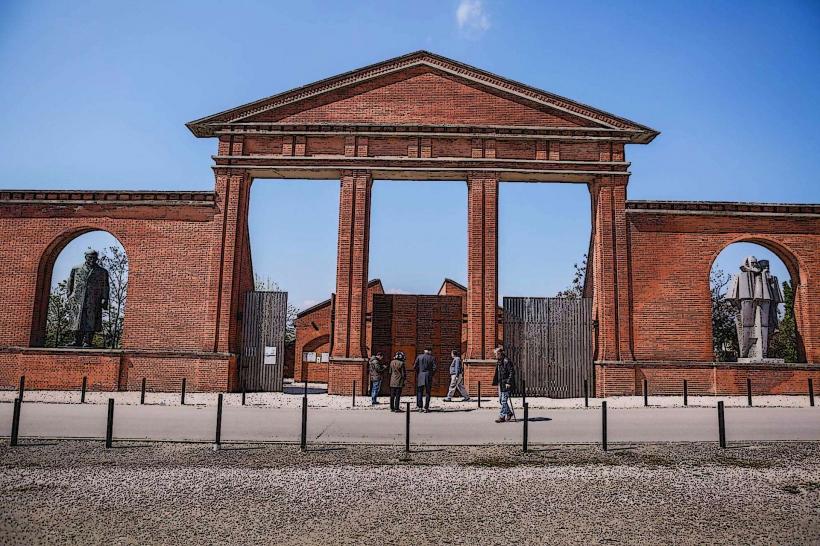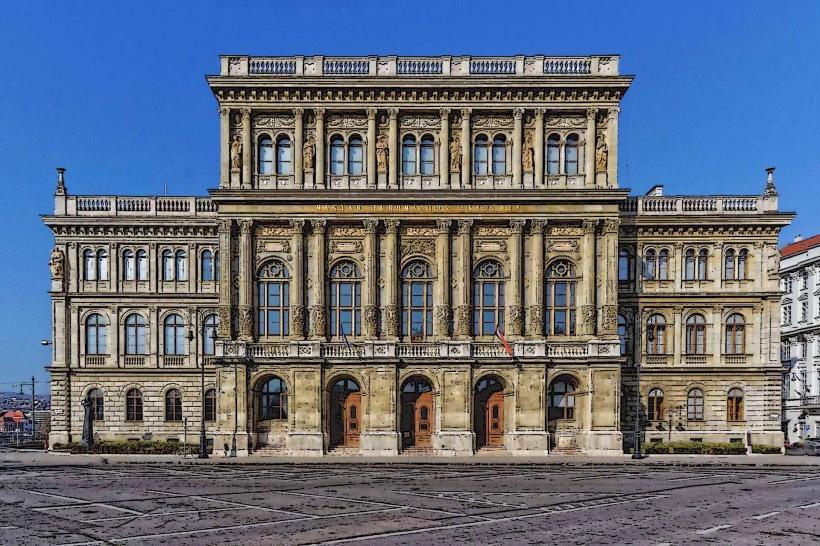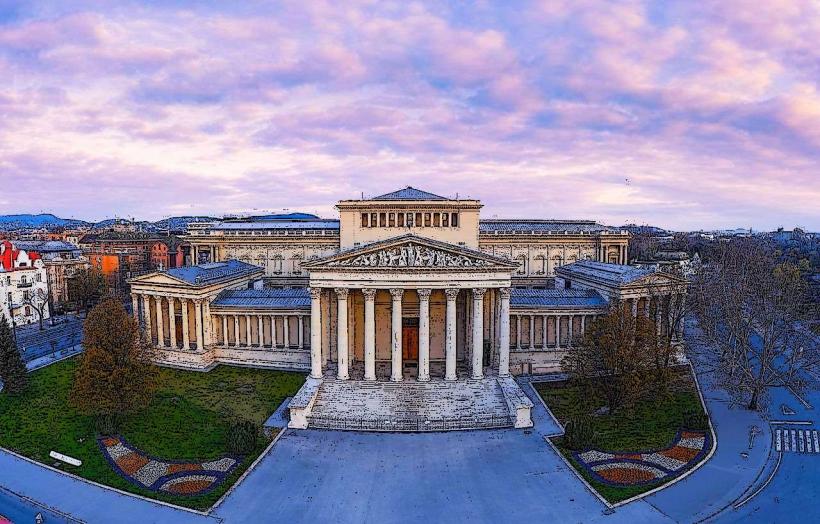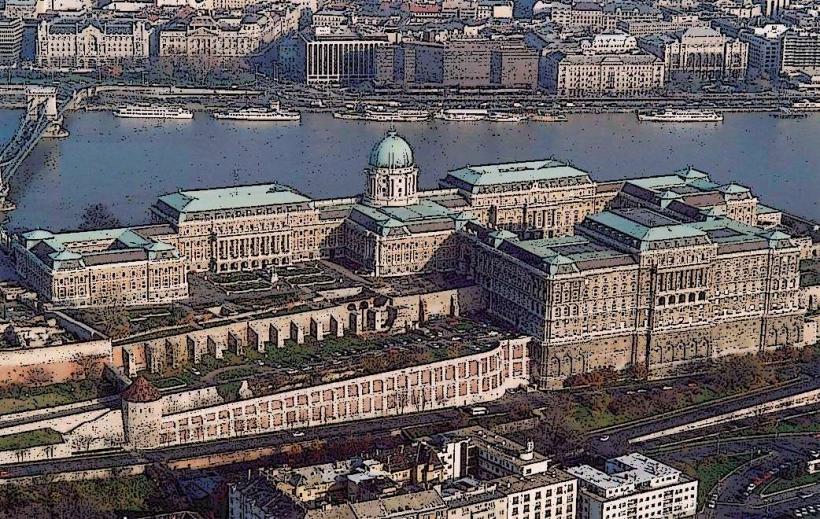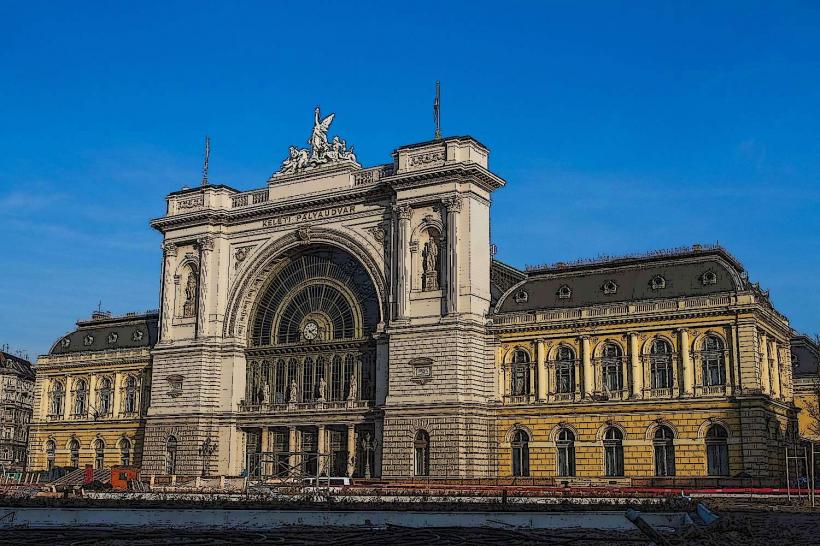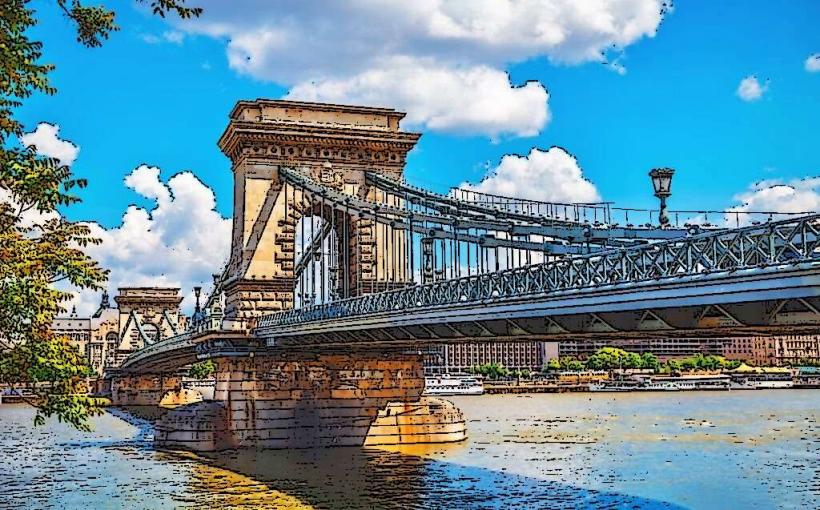Information
Landmark: Buda CastleCity: Budapest
Country: Hungary
Continent: Europe
Buda Castle (Hungarian: Budai Vár) is one of the most iconic landmarks in Budapest, Hungary. Perched on the Castle Hill on the western side of the Danube River, this majestic palace complex has a rich history and offers stunning panoramic views of the city. The castle is a UNESCO World Heritage Site, recognized for its historical significance and architectural beauty.
Historical Background
Buda Castle’s history dates back to the 13th century. It was originally built in the wake of the Mongol invasion of Hungary in 1241, when King Béla IV ordered the construction of a royal residence and fortress on the Castle Hill to protect the capital. The castle has been expanded, rebuilt, and renovated several times over the centuries, reflecting different architectural styles and the various political and royal powers that ruled Hungary.
Key Historical Phases:
13th Century:
- After the Mongol invasion, the Castle of Buda was built as a fortress under King Béla IV. The castle was strategically positioned to oversee the surrounding lands and provide protection for the royal family.
Royal Residence:
- In the 14th century, during the reign of King Louis I of Anjou, the castle was expanded and became a royal residence. The development of the castle continued under his successors, and it eventually grew into a more comfortable palace.
Ottoman Period (16th–17th Century):
- When the Ottoman Empire captured Budapest in 1541, the castle underwent significant changes. The Ottomans used it as a military stronghold, and many of the castle’s buildings were either damaged or destroyed during this period. After the Austrian reconquest of Buda in 1686, the Habsburgs began rebuilding the castle.
Baroque Rebuilding (18th Century):
- The castle underwent a major reconstruction in the 18th century under the Habsburg monarchy, and its appearance became largely Baroque in style. It was during this period that many of the decorative elements and gardens were added, making the palace more opulent.
20th Century:
- During World War II, Buda Castle suffered extensive damage due to bombing raids. After the war, significant restoration work began to repair the damage, but the castle’s original medieval appearance was largely lost in favor of newer, neoclassical renovations.
Architecture and Design
Buda Castle is an eclectic blend of architectural styles, ranging from Romanesque and Gothic to Baroque and Rococo, due to the many phases of construction and renovation it underwent over the centuries.
- Castle Hill Complex: The complex is not just one building but a sprawling area that includes the Royal Palace, the Buda Castle Gardens, and several other historic buildings.
- Royal Palace: The central building, the Royal Palace, is a grand Baroque structure that once housed Hungarian kings. It stands as an imposing structure with a grand staircase leading up to the main entrance. The palace has a distinctive green copper roof.
- The Castle Courtyards: The castle's inner courtyards are a highlight, with wide open spaces, fountains, and statues. These courtyards offer stunning views of Pest (the eastern part of Budapest), the Danube River, and the Parliament Building across the river.
Major Attractions within the Buda Castle Complex
The Hungarian National Gallery:
- Located in the castle, the Hungarian National Gallery is one of the most important museums in Hungary, housing a vast collection of Hungarian fine art. The collection spans over 1,000 years of Hungarian painting and sculpture, with notable works from the Middle Ages to modern times.
The Budapest History Museum:
- The Budapest History Museum is located in the southern wing of the castle. It explores the history of the city from its early Roman origins through the medieval period, the Ottoman era, and the modern age. The museum showcases a wide variety of historical artifacts, including archaeological finds and medieval objects.
The National Széchényi Library:
- The National Széchényi Library, housed within the castle, is Hungary's largest library and one of the country’s leading cultural institutions. It holds millions of books, manuscripts, and historical documents, including rare collections related to Hungarian history, culture, and literature.
The Matthias Fountain:
- The Matthias Fountain is a stunning Baroque fountain located in the castle courtyard. It is named after King Matthias Corvinus, one of Hungary’s most celebrated kings, and depicts him on horseback. The fountain is a notable feature of the castle’s courtyard and is often used as a symbol of the castle.
The Fisherman's Bastion:
- Although technically not part of the Buda Castle complex, the Fisherman’s Bastion is located nearby and offers magnificent views of the castle and the surrounding city. The bastion is a neo-Gothic terrace with seven towers, each representing one of Hungary’s historical tribes. The Fisherman’s Bastion is a popular tourist spot for photography and panoramic views of Budapest.
The Royal Garden:
- The Royal Garden is a beautifully landscaped area that was originally part of the royal residence. Today, visitors can walk through the gardens and enjoy the peaceful surroundings, including flower beds, sculptures, and fountains.
Buda Castle Hill District
The Castle Hill District is a UNESCO World Heritage Site and is one of the most historic and picturesque parts of Budapest. The area includes the Buda Castle, the Matthias Church, the Fisherman's Bastion, and many other historic buildings, churches, and museums. It is also a great place for exploring the winding streets, discovering local shops and restaurants, and experiencing the charming old-town atmosphere.
Buda Castle Today
Today, Buda Castle serves not only as a historical site but also as a cultural hub. The complex hosts a range of museums, galleries, and cultural events, including exhibitions, concerts, and festivals. It is a major tourist attraction and a symbol of Hungary’s royal heritage and history.
Visitors can access the castle complex via funicular from the Chain Bridge, which is a scenic ride up the hill. Alternatively, the castle can be reached by walking or using public transport.
Conclusion
Buda Castle is a must-visit landmark for anyone traveling to Budapest. With its stunning architecture, panoramic views, and historical significance, it offers a fascinating glimpse into Hungary’s royal past. Whether you are interested in art, history, or simply want to explore a breathtaking piece of Hungarian heritage, Buda Castle remains one of the most iconic and treasured sites in the country.

